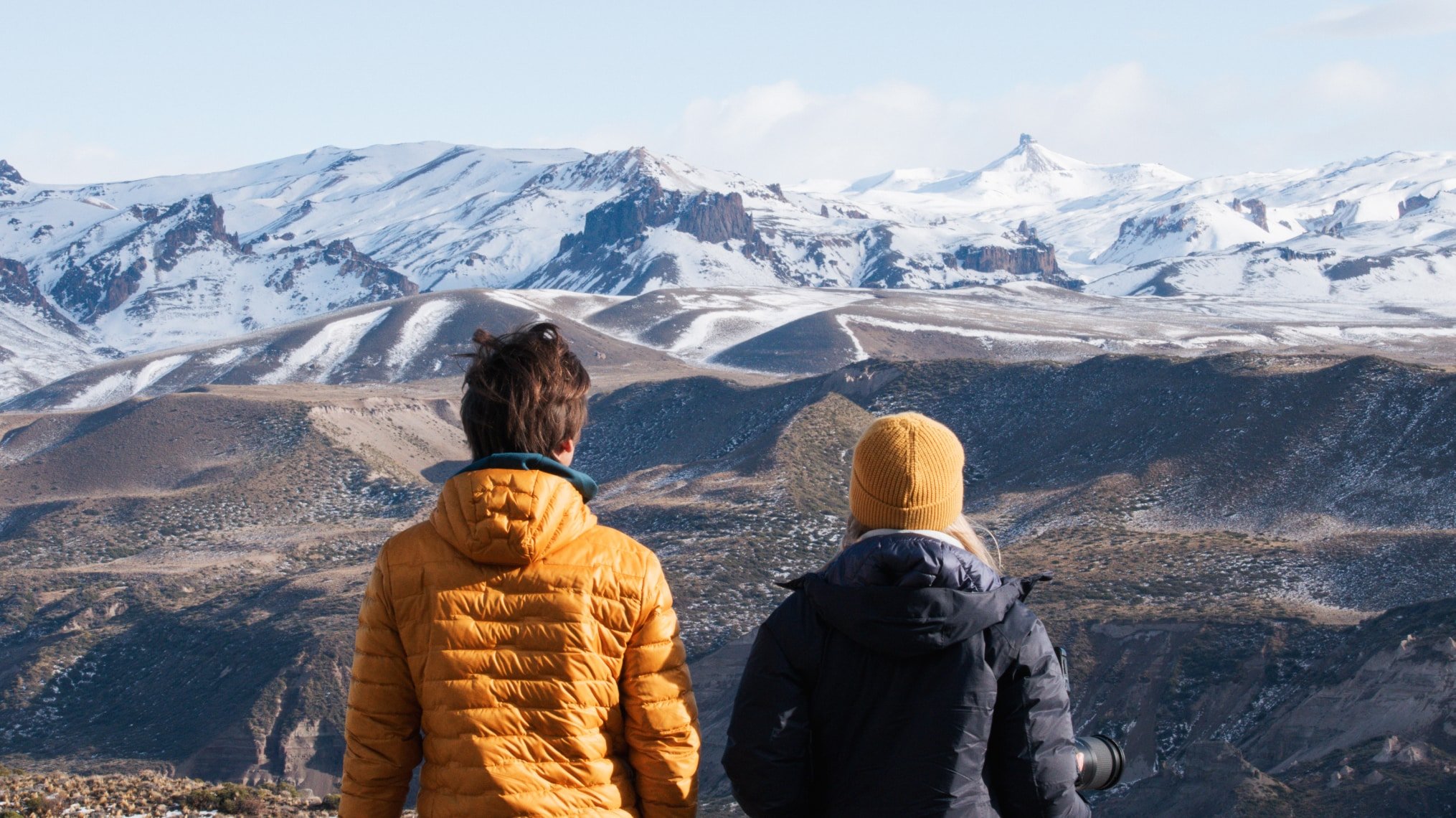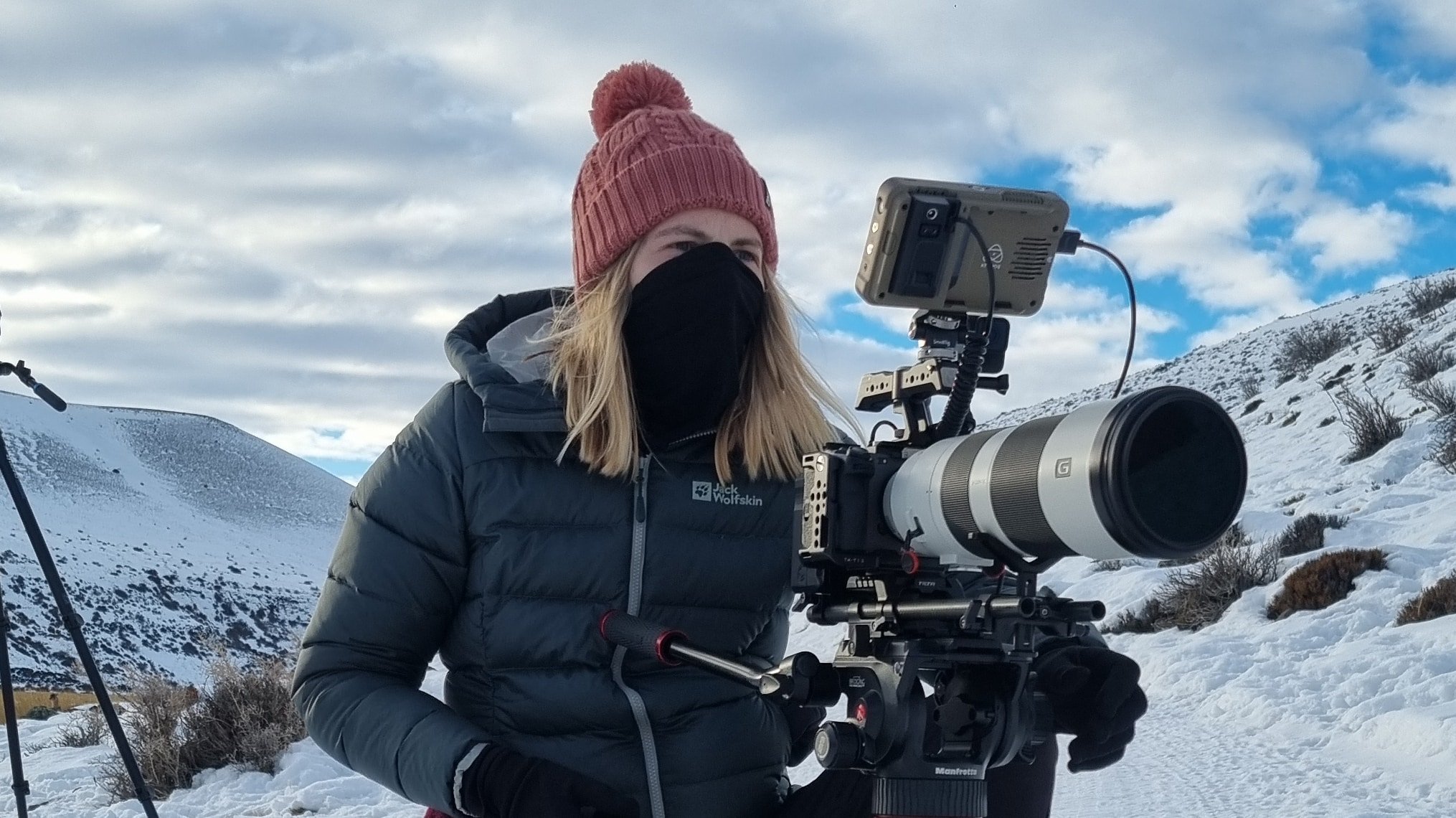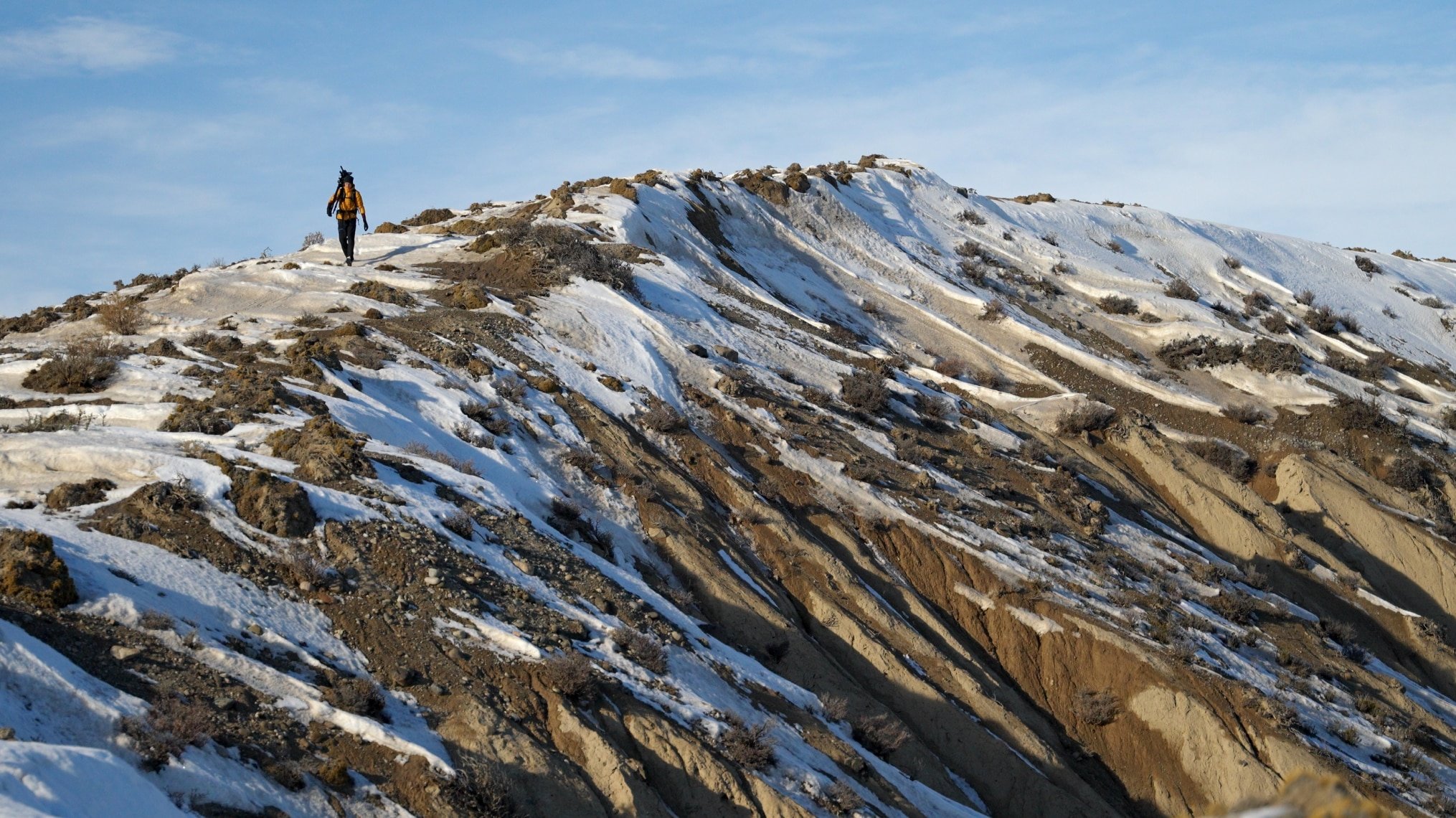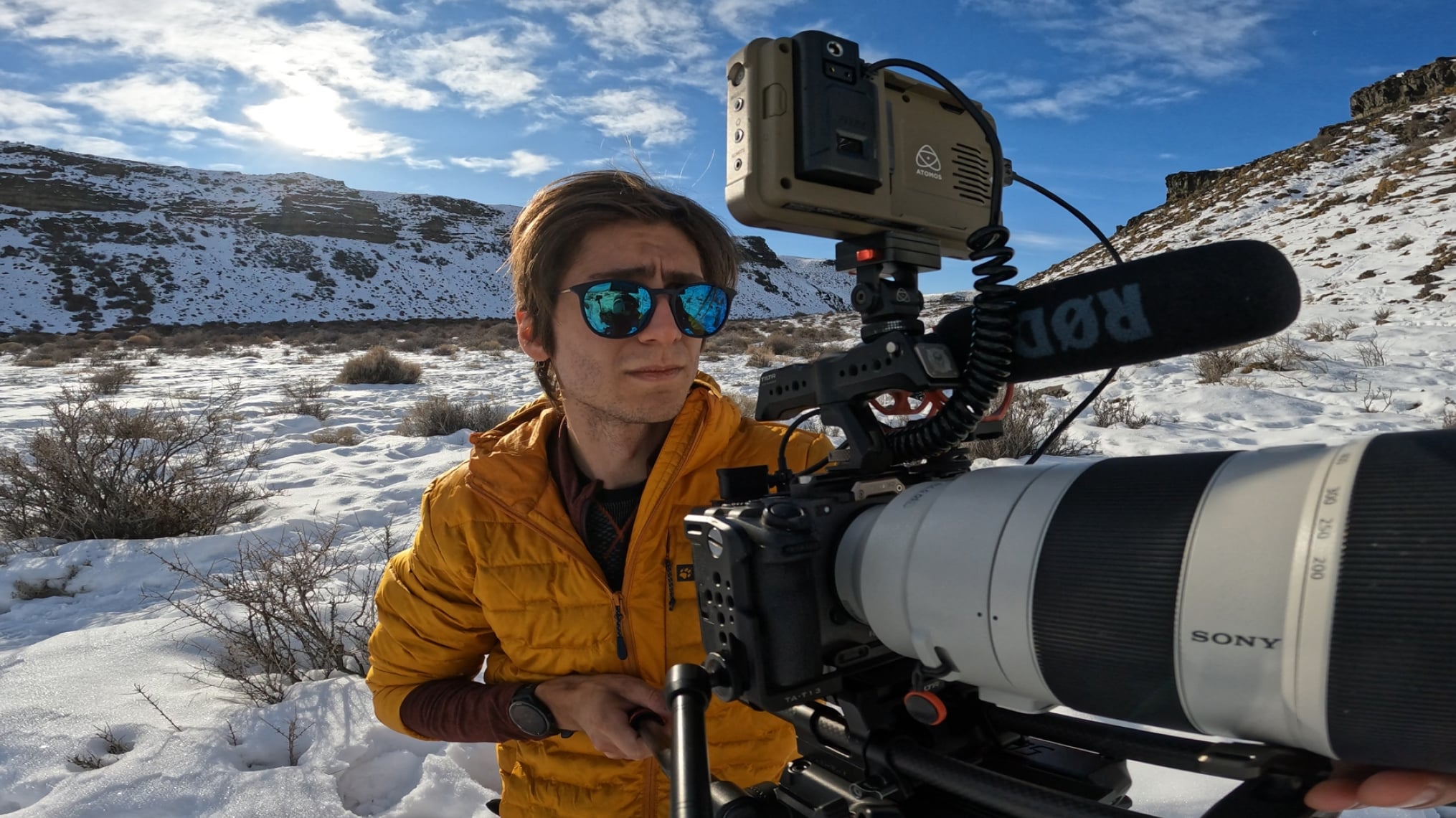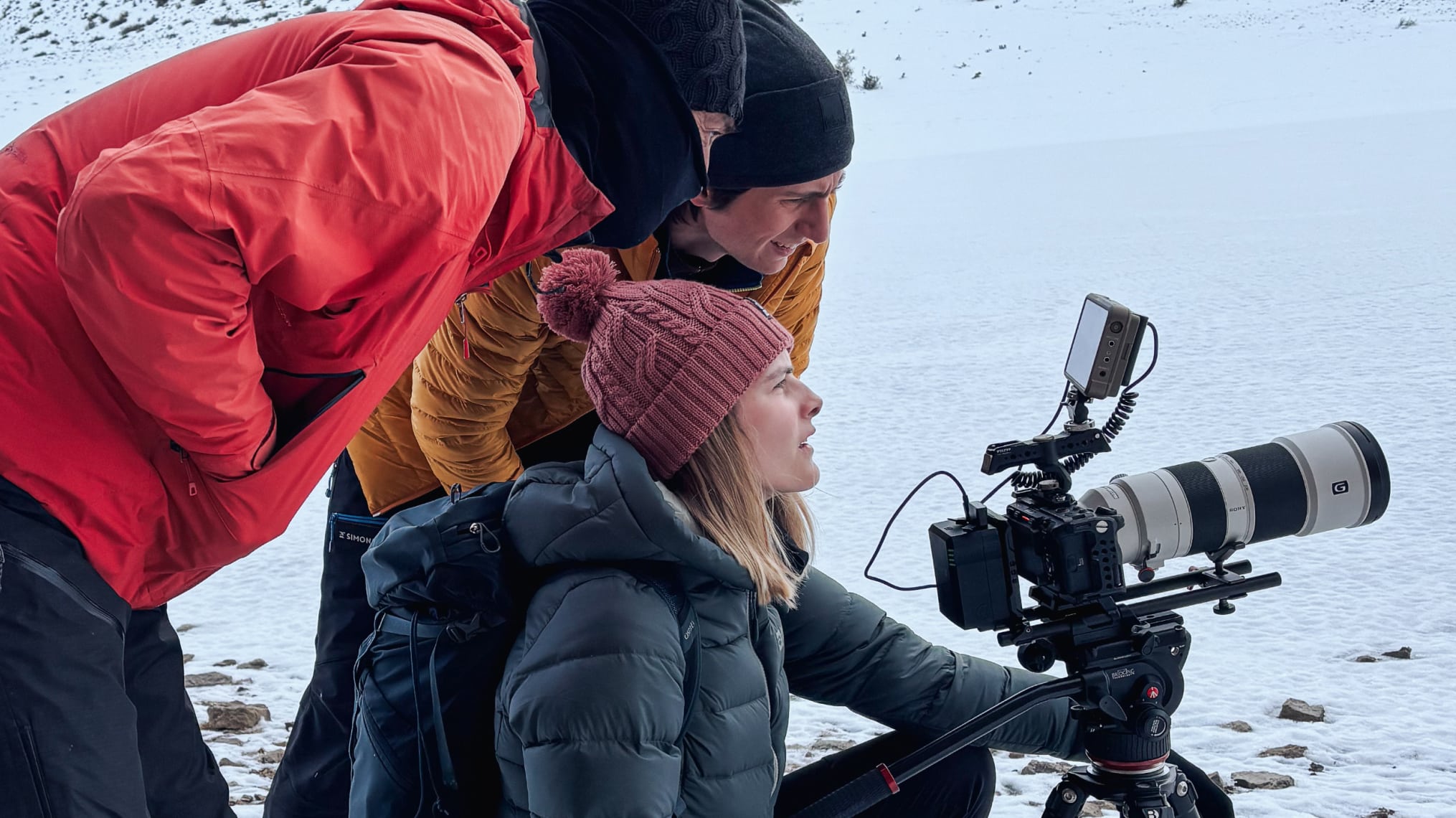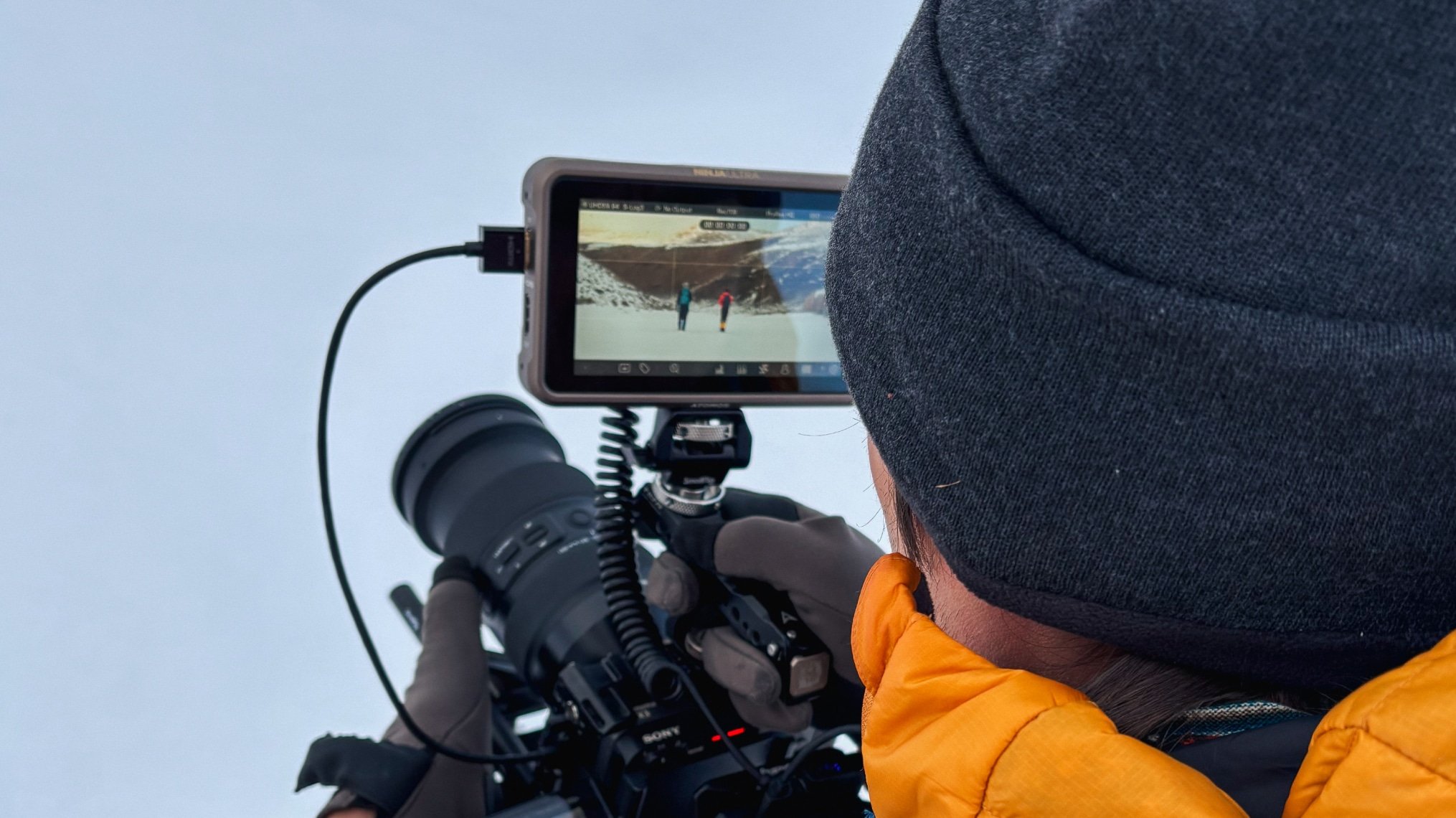Spanning thousands of square kilometers with colossal mountains, giant glaciers and an array of unique wildlife, Patagonia is one of the world’s greatest wildernesses. Though celebrated for its breathtaking beauty and ecological importance, the region is vulnerable to climate change and land overuse.
Rising temperatures, glacier melt, and extreme weather, combined with human activities, have led to the extinction and decline of key species in Argentinian Patagonia, threatening the region’s biodiversity.
Rewilding is a modern conservation strategy which aims to protect and restore ecosystems. It often involves reintroducing or relocating key species that have vanished, helping to reverse local extinctions.
Piotr Niemczewski, a Los Angeles-based filmmaker and his partner, Wiktoria Ciesielska, a biologist and wildlife filmmaking student, traveled to the heart of Patagonia Park Argentina to capture the essence of rewilding for a thought-provoking documentary.
The couple describe the extraordinary moments witnessed during their three week journey and reveal how their compact setup was able to withstand the region’s extreme cold temperatures.
